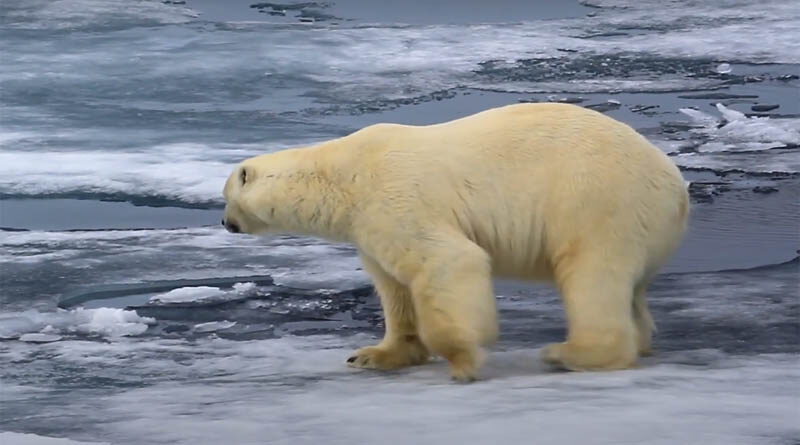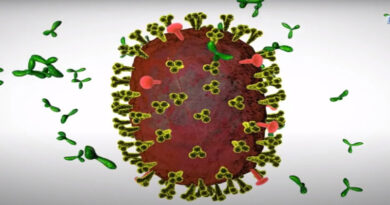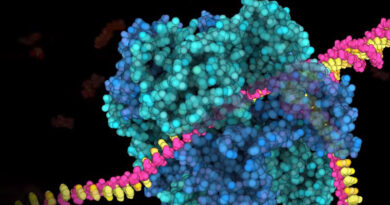What are the abiotic components?
Abiotic components are the non-living chemical and physical components of the environment. Abiotic components impact live organisms and ecosystem processes in biology and ecology. Biology depends on abiotic conditions and the events they produce. It is also called abiotic variables.
Abiotic components have an impact on a wide range of species in different environments, including marine and land animals. People can impact or produce abiotic characteristics in a species’ habitat. For example, fertilizers can impact the environment of snails, while human-produced greenhouse gases can change the marine pH levels.
Parameters and non-living resources to manage live creatures’ growth, maintenance, and reproduction call abiotic components. Resources are substances or elements in the environment needed by one creature but are used or otherwise inaccessible to other living organisms.
Water, light, radiation, temperature, humidity, atmosphere, acidity, and soil are examples of abiotic variables in biology. Macroclimate frequently influences each of the aforementioned. In the context of oceanic or sub-terrestrial habitats, pressure and sound waves discuss. Aerial exposure, substrate, water clarity, sun energy, and tides are all abiotic elements in ocean ecosystems.
Variations in Abiotic Components
Consider the mechanics of C3, C4, and CAM plants in controlling carbon dioxide inflow into the Calvin-Benson Cycle concerning their abiotic stresses.
C3 plants lack photorespiration management mechanisms. Although, C4 and CAM plants use a distinct PEP Carboxylase enzyme to avoid photorespiration, boosting the productivity of photosynthesis in plants in high-energy settings.
For example, there is a huge disparity in water and humidity access between mild rainforests and deserts. The organisms that survive in these environments are diverse due to the differences in the water supply.
These variations in abiotic components affect the species present by defining the range of species that can live in the environment and influencing competition between species. Abiotic conditions like salinity can provide one species a competitive edge over another, putting pressure on a species to speciate and change from generalist to specialist rivals, resulting in speciation and modification.



